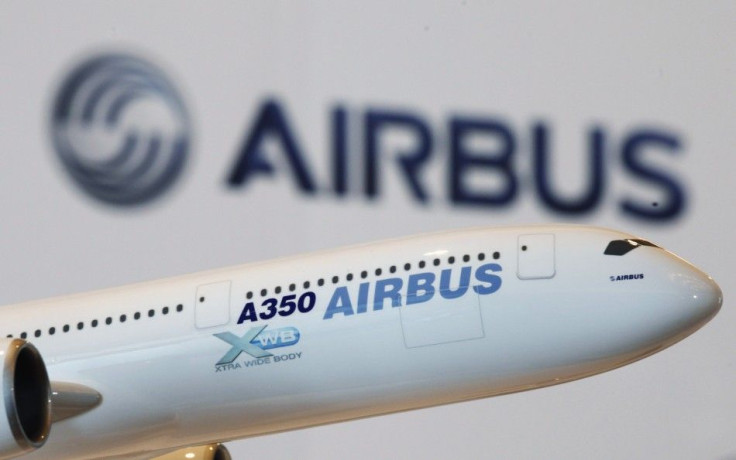Air France, Airbus Completes World’s ‘Greenest’ Commercial Flight

Air France and Airbus have announced they have completed the world's greenest commercial flight by combining the latest fuel and air traffic management technologies.
The flight from Toulouse-Blagnac to Paris-Orly by an Airbus A321 has been able to demonstrate their capacity to cut in half the carbon dioxide (CO2) emitted when compared with a regular flight.
The (AF6129) commercial flight combines the use of bio-fuels (50 per cent in each engine), optimized air traffic management (ATM) and efficient Continuous Descent Approach (CDA) to minimize CO2 emissions.
Combining these technologies helped reduce the overall CO2 emissions to 54 grams per passenger and kilometer. This is equivalent to a fuel efficiency of 2.2 liters of fuel per passenger and 100 Kilometers.
We are proud of the success achieved by this innovative project, which is a synthesis of our many initiatives in the area of sustainable development. This fully-optimized green flight is another proof of Air France's commitment to combine air transport growth with controlled CO2 emissions. stated Bertrand Lebel, executive vice president of Air France's Organization and Corporate Social Responsibility.
Bio-fuel is one solution for reducing overall CO2 emissions. Airbus's alternative fuel strategy is to speed up its commercialization through sustainable bio-fuel value chains.
A more efficient ATM system could help reduce the amount of fuel burned by aircraft and, therefore, the CO2 emitted.
Airbus strongly supports the streamlining of ATM and has launched a new subsidiary company, called Airbus ProSky, dedicated to the development and support of modern air traffic management (ATM) systems to achieve the highest operational efficiencies with more direct routings resulting in around 10 percent less aircraft fuel consumption, as well as significant reductions in CO2 and noise emissions.
© Copyright IBTimes 2024. All rights reserved.











